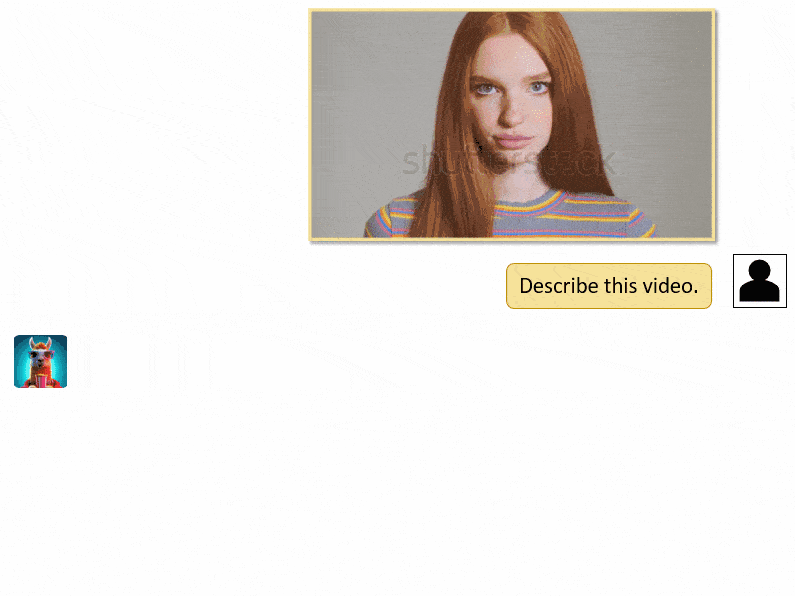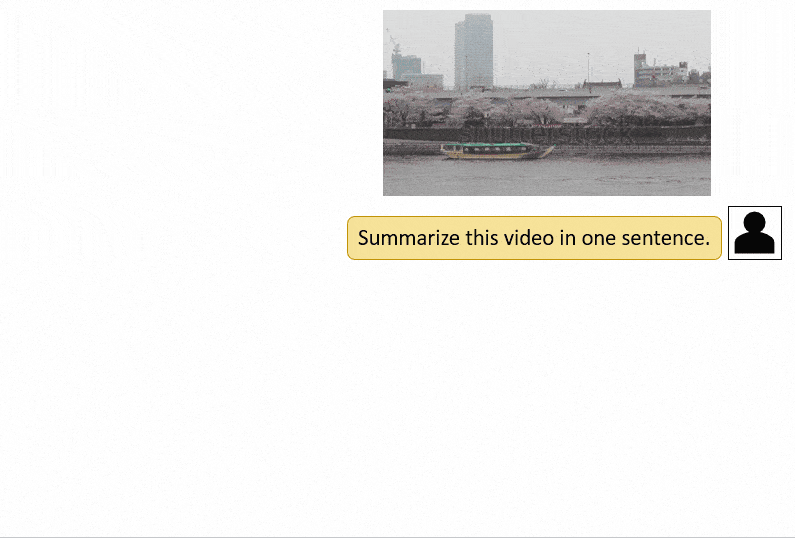[ad_1]
Video-LLaMA bringing us closer to a deeper comprehension of videos through sophisticated language processing. The acronym Video-LLaMA stands for Video-Instruction-tuned Audio-Visual Language Model, and it is based on the BLIP-2 and MiniGPT-4 models, two strong models.

Video-LLaMA consists of two core components: the Vision-Language (VL) Branch and the Audio-Language (AL) Branch. These components work together harmoniously to process and comprehend videos by analyzing both visual and audio elements.
The VL Branch utilizes the ViT-G/14 visual encoder and the BLIP-2 Q-Former, a special type of transformer. To compute video representations, a two-layer video Q-Former and a frame embedding layer are employed. The VL Branch is trained on the Webvid-2M video caption dataset, focusing on the task of generating textual descriptions for videos. Additionally, image-text pairs from the LLaVA dataset are included during pre-training to enhance the model’s understanding of static visual concepts.
To further refine the VL Branch, a process called fine-tuning is conducted using instruction-tuning data from MiniGPT-4, LLaVA, and VideoChat. This fine-tuning phase helps Video-LLaMA adapt and specialize its video understanding capabilities based on specific instructions and contexts.

Moving on to the AL Branch, it leverages the powerful audio encoder known as ImageBind-Huge. This branch incorporates a two-layer audio Q-Former and an audio segment embedding layer to compute audio representations. As the audio encoder (ImageBind) is already aligned across multiple modalities, the AL Branch focuses solely on video and image instrucaption data to establish a connection between the output of ImageBind and the language decoder.

During the cross-modal training of Video-LLaMA, it is important to note that only the Video/Audio Q-Former, positional embedding layers, and linear layers are trainable. This selective training approach ensures that the model learns to effectively integrate visual, audio, and textual information while maintaining the desired architecture and alignment between modalities.
By employing state-of-the-art language processing techniques, this model opens doors to more accurate and comprehensive analysis of videos, enabling applications such as video captioning, summarization, and even video-based question answering systems. We can expect to witness remarkable advancements in fields like video recommendation, surveillance, and content moderation. Video-LLaMA paves the way for exciting possibilities in harnessing the power of audio-visual language models for a more intelligent and intuitive understanding of videos in our digital world.
Read more about AI:
[ad_2]
Read More: mpost.io









 Bitcoin
Bitcoin  Ethereum
Ethereum  Tether
Tether  XRP
XRP  Solana
Solana  USDC
USDC  TRON
TRON  Dogecoin
Dogecoin  Lido Staked Ether
Lido Staked Ether  Cardano
Cardano  Wrapped Bitcoin
Wrapped Bitcoin  Hyperliquid
Hyperliquid  Wrapped stETH
Wrapped stETH  Sui
Sui  Bitcoin Cash
Bitcoin Cash  Chainlink
Chainlink  LEO Token
LEO Token  Stellar
Stellar  Avalanche
Avalanche  Toncoin
Toncoin  WhiteBIT Coin
WhiteBIT Coin  USDS
USDS  Shiba Inu
Shiba Inu  WETH
WETH  Wrapped eETH
Wrapped eETH  Litecoin
Litecoin  Binance Bridged USDT (BNB Smart Chain)
Binance Bridged USDT (BNB Smart Chain)  Hedera
Hedera  Monero
Monero  Ethena USDe
Ethena USDe  Polkadot
Polkadot  Bitget Token
Bitget Token  Coinbase Wrapped BTC
Coinbase Wrapped BTC  Uniswap
Uniswap  Pepe
Pepe  Pi Network
Pi Network  Aave
Aave  Dai
Dai  Bittensor
Bittensor  Ethena Staked USDe
Ethena Staked USDe  BlackRock USD Institutional Digital Liquidity Fund
BlackRock USD Institutional Digital Liquidity Fund  OKB
OKB  Aptos
Aptos  Cronos
Cronos  Internet Computer
Internet Computer  NEAR Protocol
NEAR Protocol  Jito Staked SOL
Jito Staked SOL  Ethereum Classic
Ethereum Classic  Ondo
Ondo